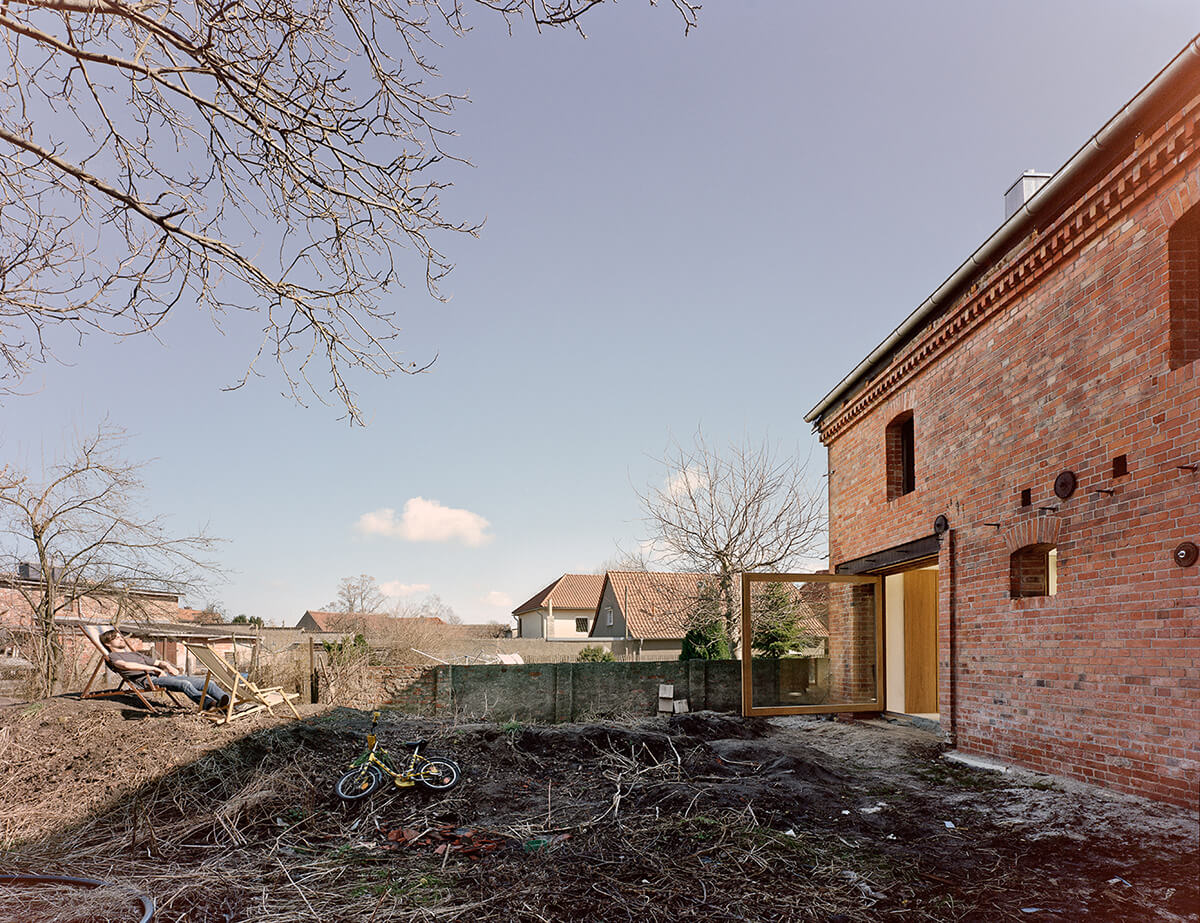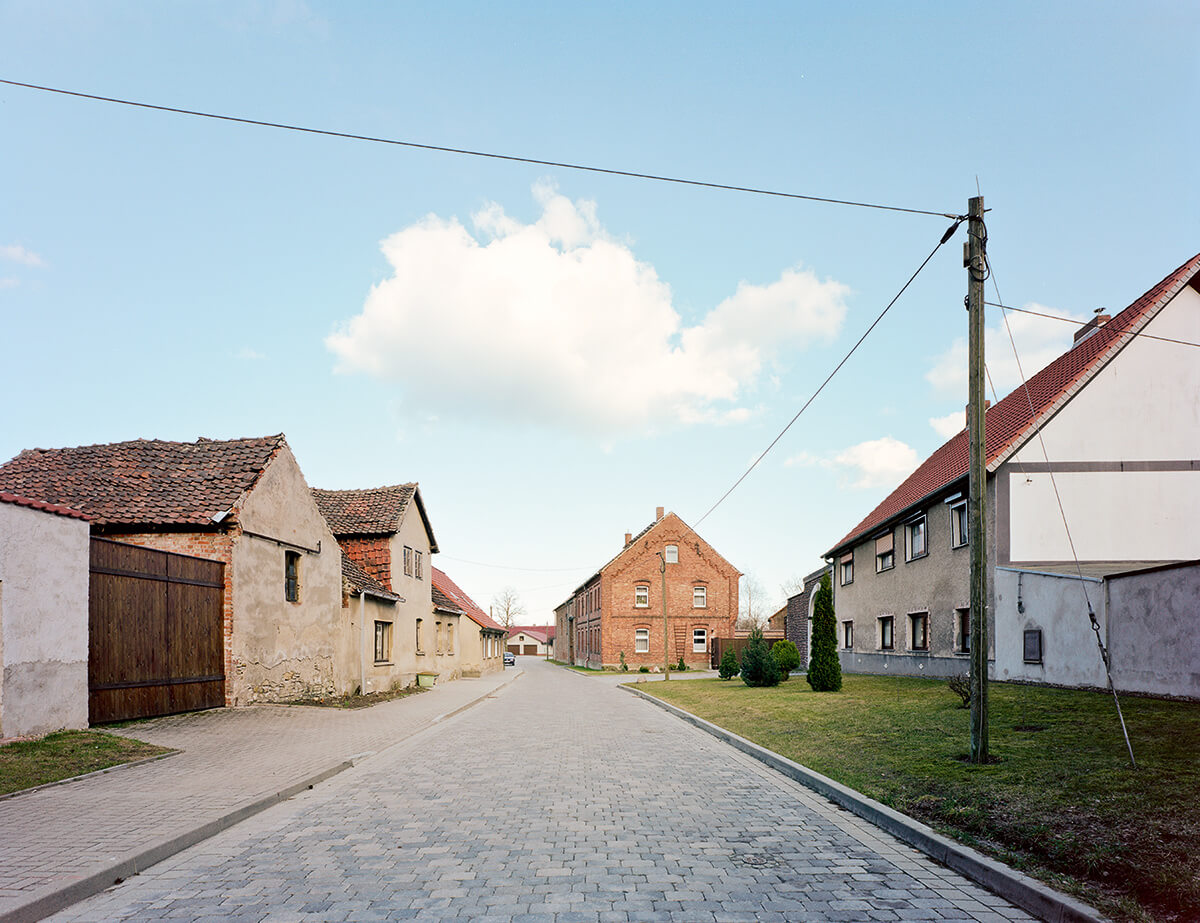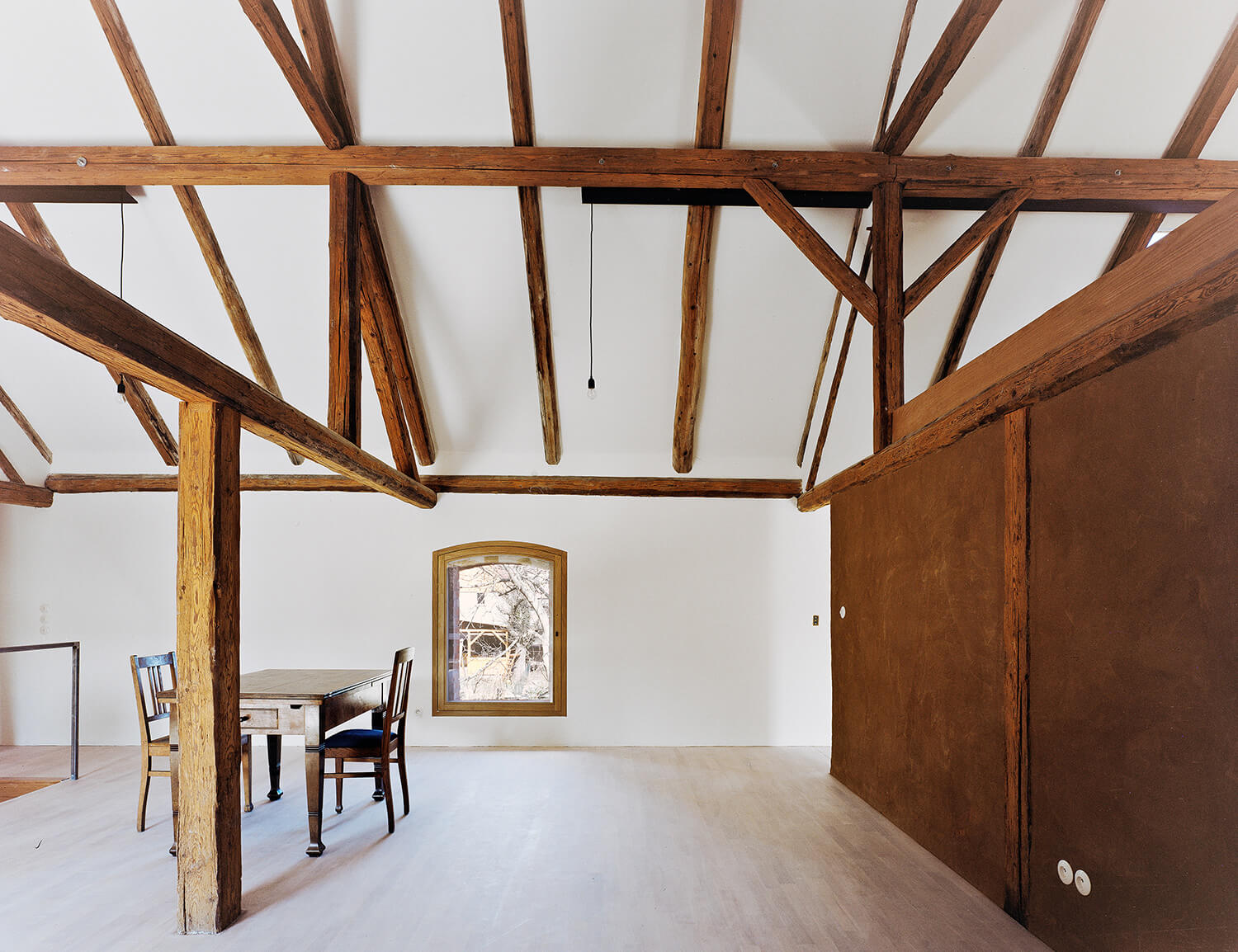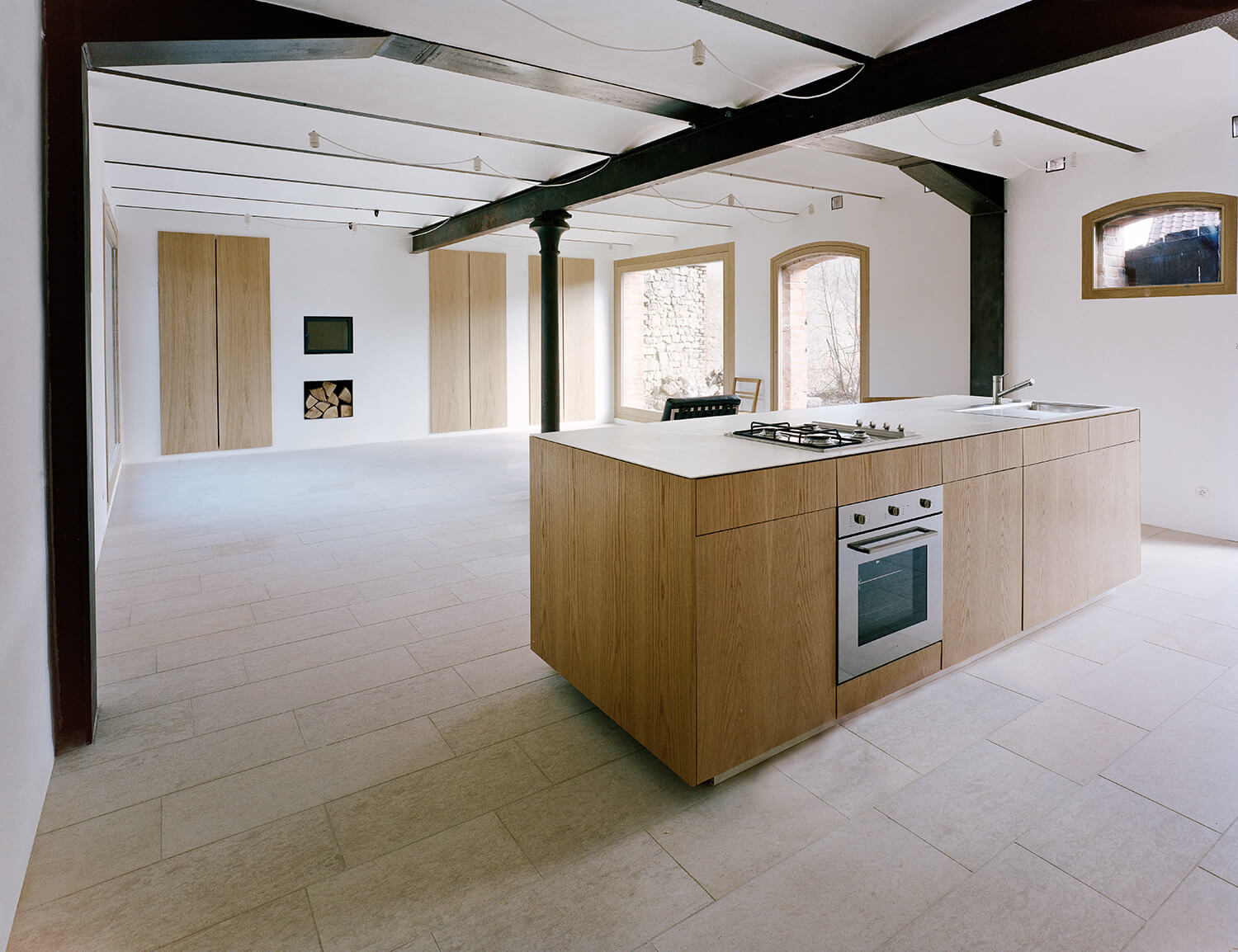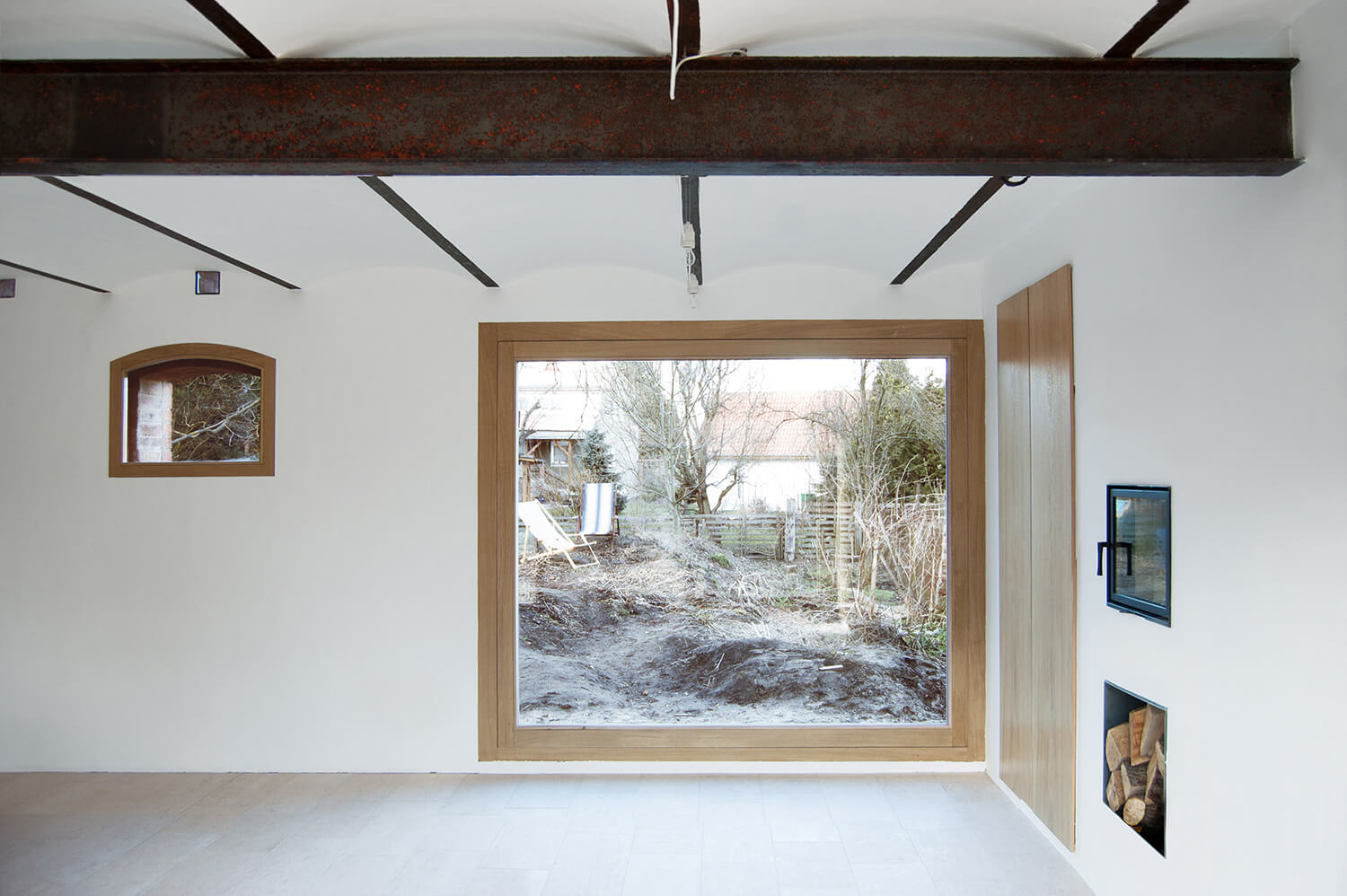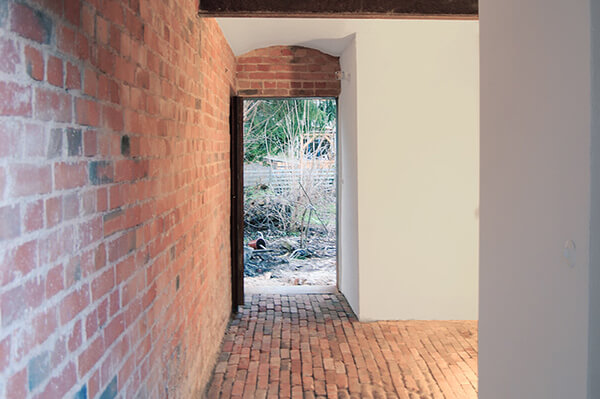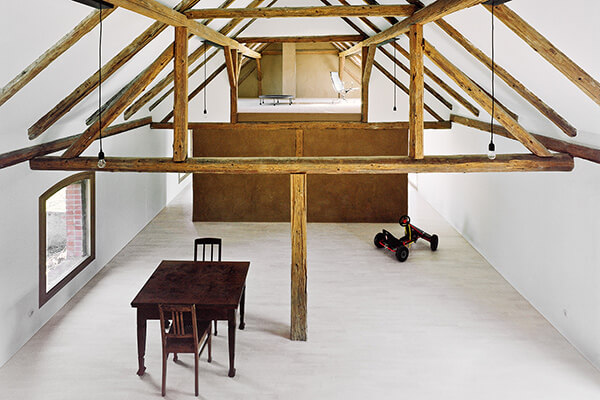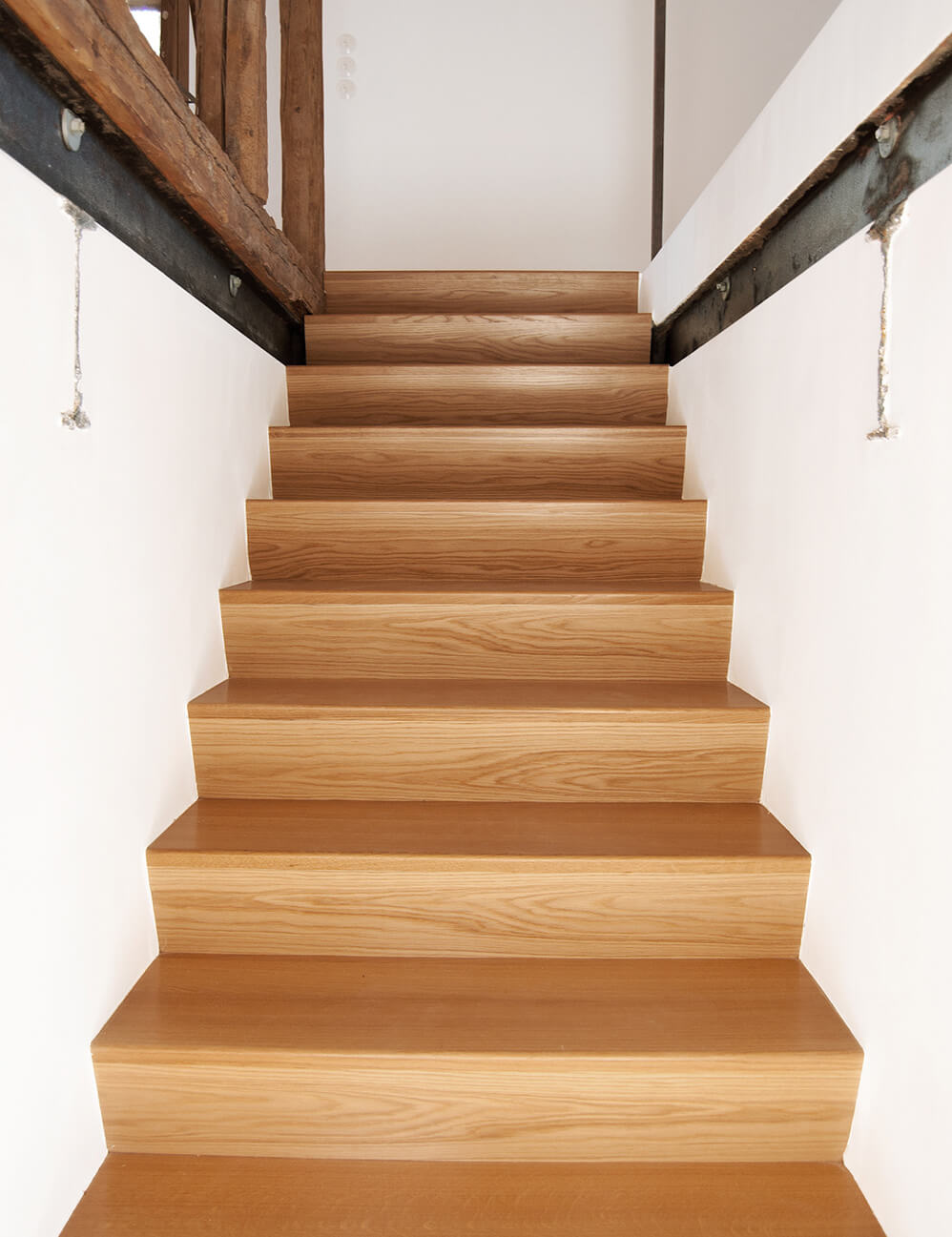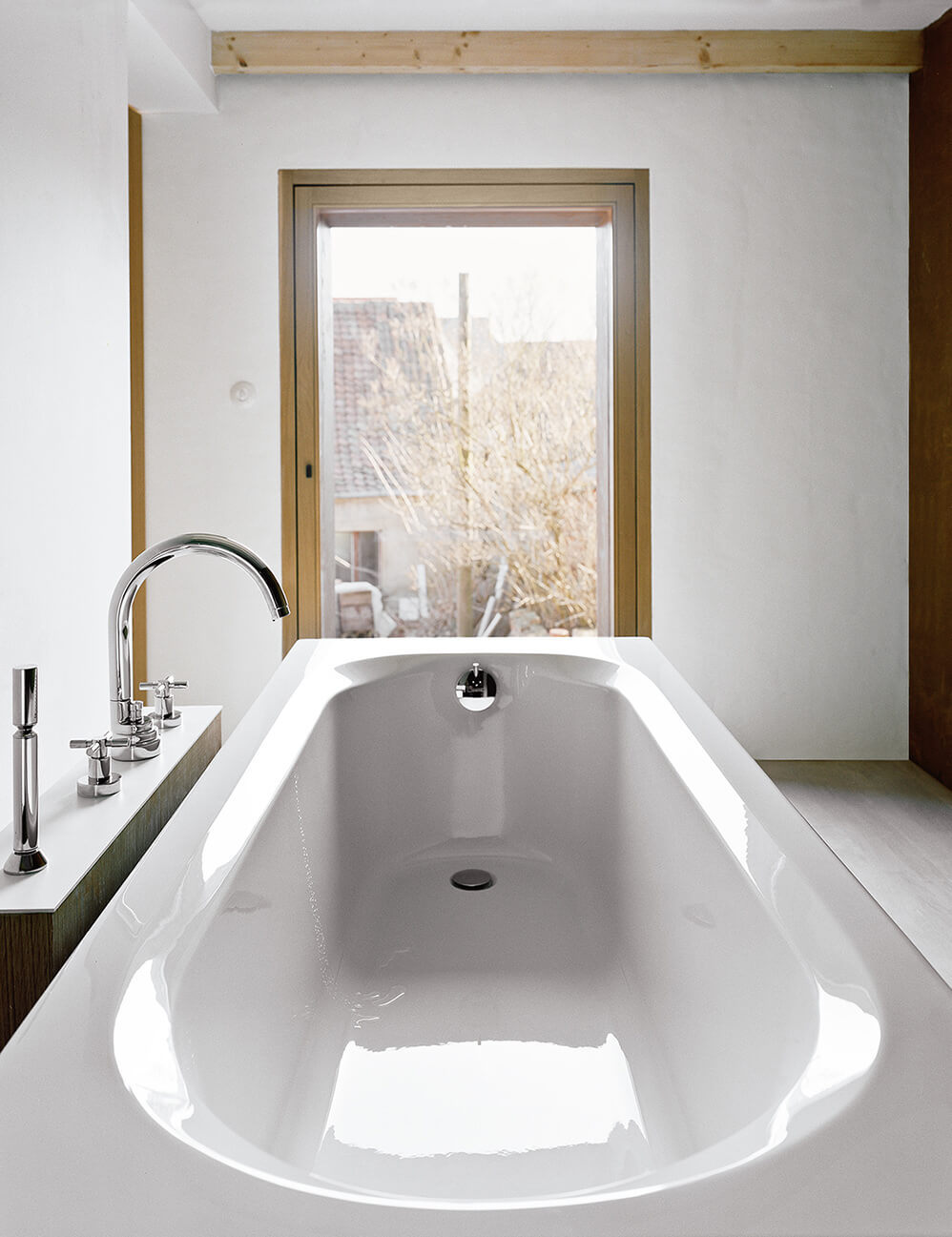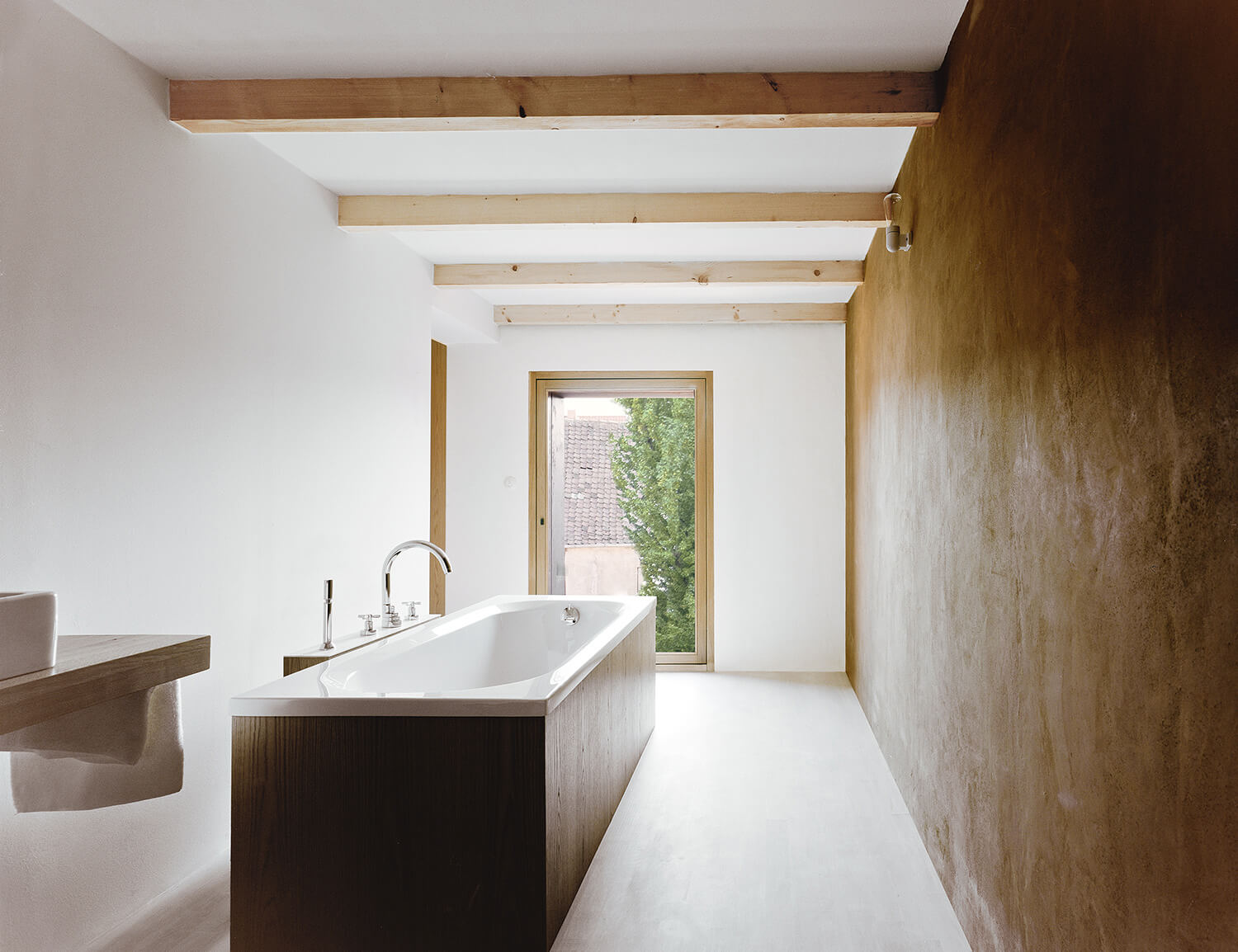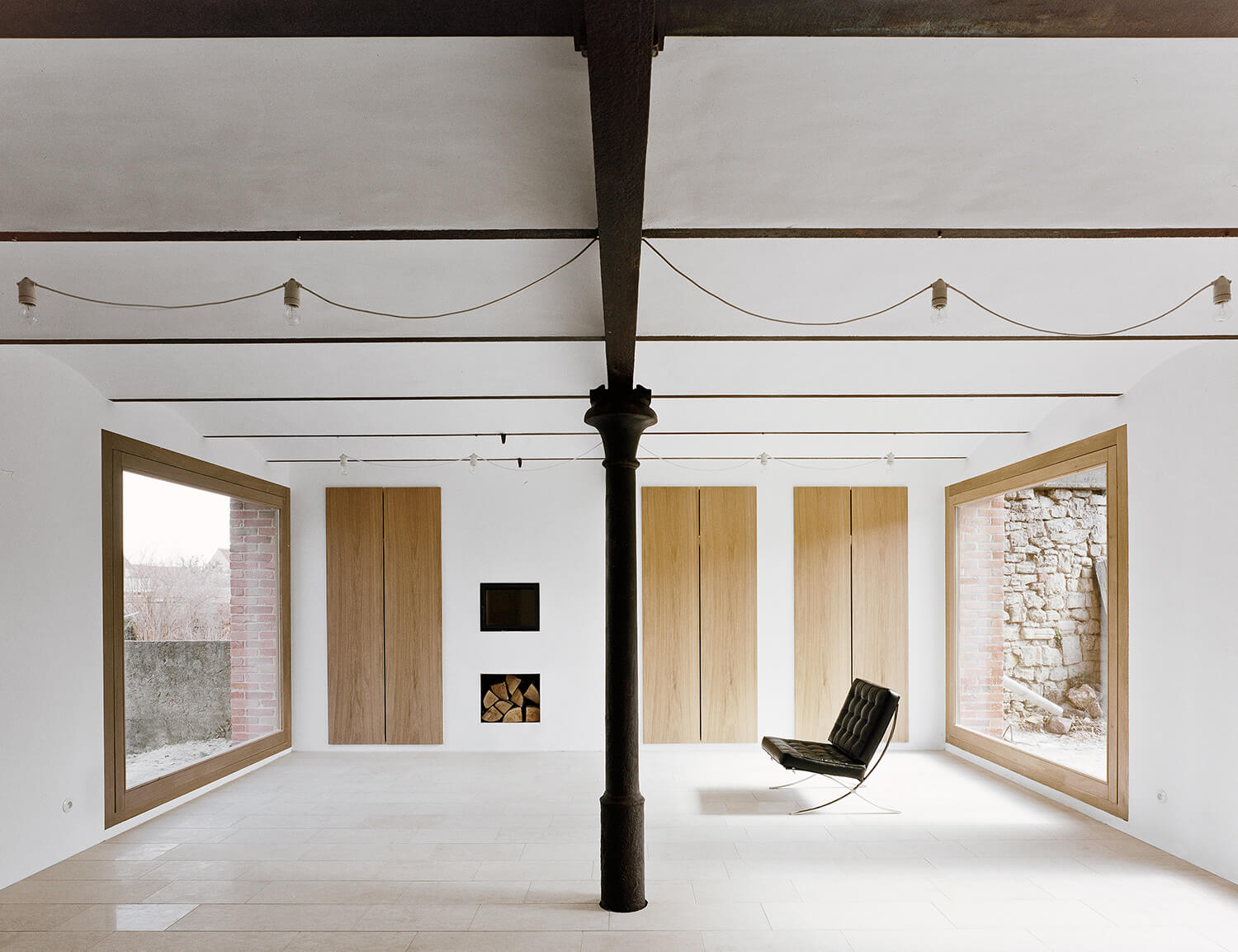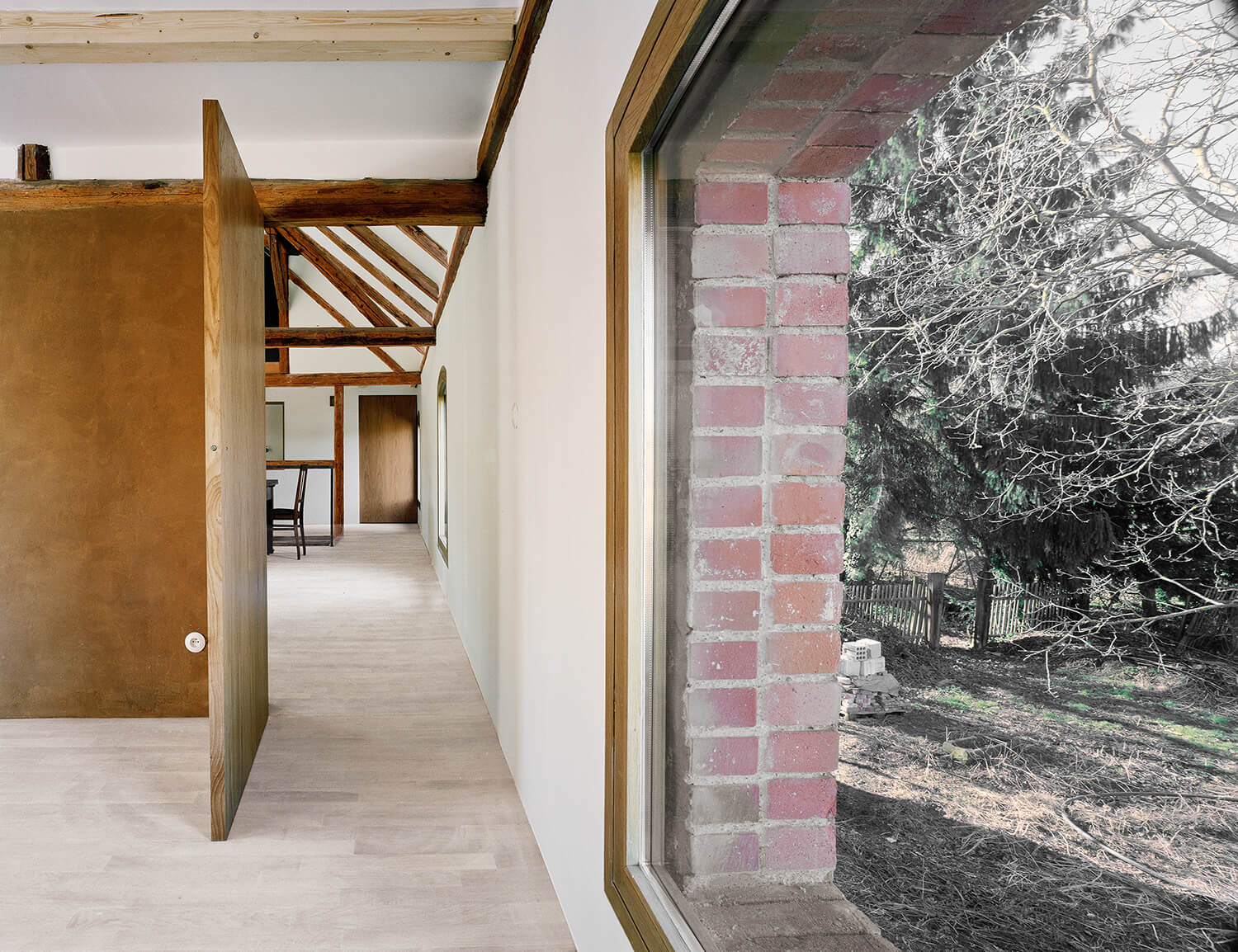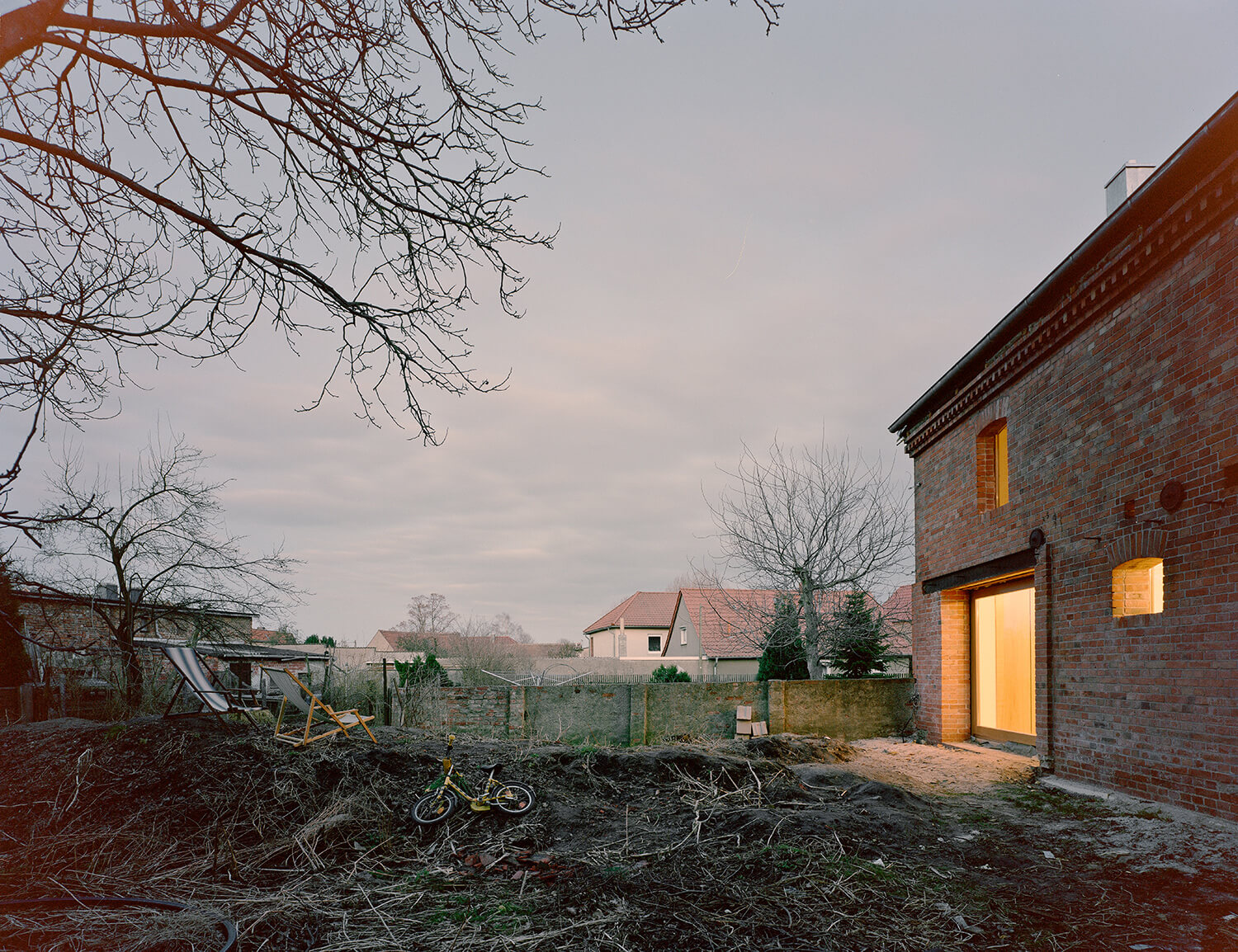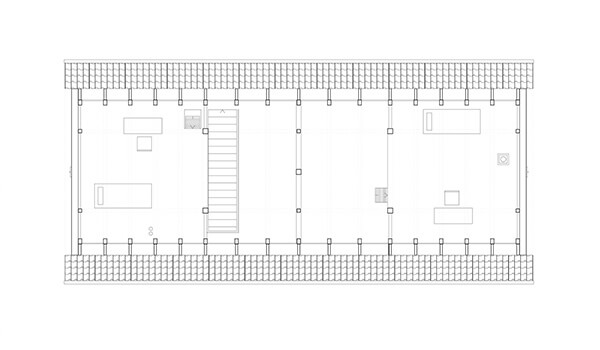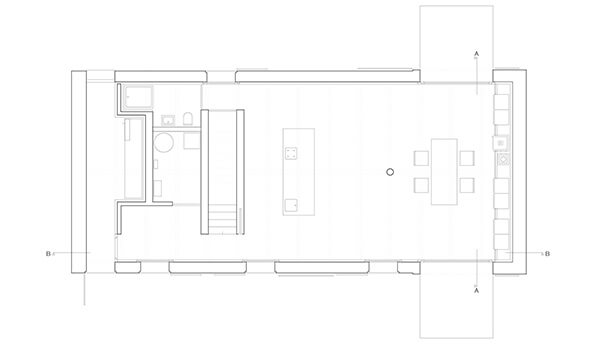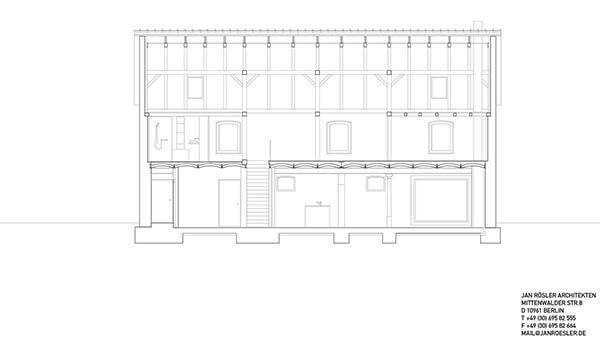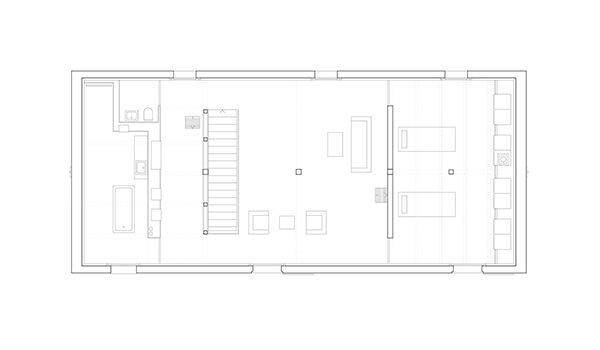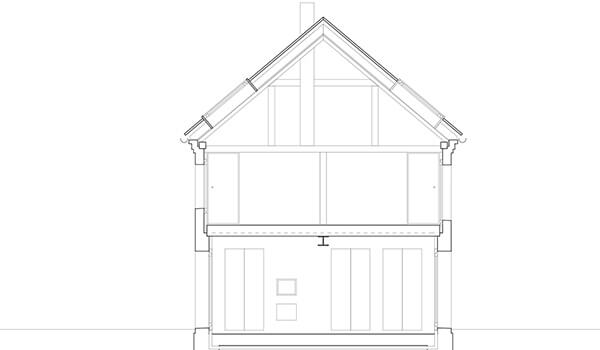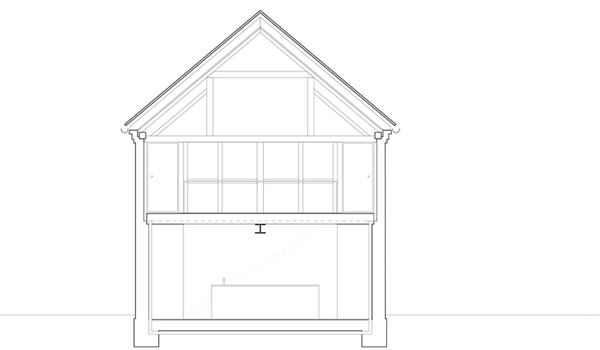House Stein / Jan Rosler Architekten
House Stein / Jan Rosler Architekten
Concept
The clients had acquired a barn building that had stood unused for years. Their plan for the time being was to convert it into a holiday home, but they were consider- ing the possibility of eventually moving into it for good.
Description
The greatest challenge presented by the basic concept lay in retaining the existing facade openings and using them to master the necessary lighting and views. As the original structure had had only shutters and no glazing, the architects decided against dividing the windows or adding nostalgic mullions and transoms, which would have impeded the influx of light. Through minimal inter- ventions, the character of the farm building in its rural setting was preserved. Its unembellished exterior con- ceals its new purpose; it is only when the inhabitants are home, the wooden shutters and barn doors are open and light escapes from within that the new incar- nation of the house reveals itself.
Layout
On the ground floor the structure imposed by the Prus- sian vaulted ceiling required a careful and considered treatment of the spatial layout. All the walls and inter- ventions such as the new staircase are therefore orient- ed with respect to the transverse steel beams, resulting in a structurally and formally pleasing, harmonious inter- play. Common daily living is addressed on the garden floor with a generous kitchen-diner, a dining area with a fireplace and attached terraces on either side that are accessed via large glass doors. The first floor is dedicat- ed to private living, a fact that can be gleaned from the smaller rooms and the warmer materials used, such as the white-polished oak plank floors. This storey con- tains a large master bedroom and a bathroom, with a quieter sitting area between them that also lends itself to reading or secluded work. Beneath the roof pitch at both gable ends children will find a gallery accessible by loft stairs.
Materials
Sustainable building materials were used whenever possible. Bricks that could be spared were removed and reused elsewhere in the building. Some were even taken from demolished houses in the area, cut and polished and put back to work here. The vaulted ceilings were re- novated in a similar way. The clay roof tiles come from an old house in the neighbourhood. There used to be brickworks in the area, so the material did not have to be transported far. In addition to the bricks, loam ren- dering contributes to a healthy indoor climate. The in- ner walls are insulated with soft fibreboard, while flax insulation is used between the rafters. Solar collectors and photovoltaic panels contribute to a resource-efficient use of energy. A gasfired heater warms the floors. A crucial factor in the conversion effort was the construction company which is spart of the office structior. The combination of planing and building leeds to a level of perfection that would otherwhise not habe been achived.



